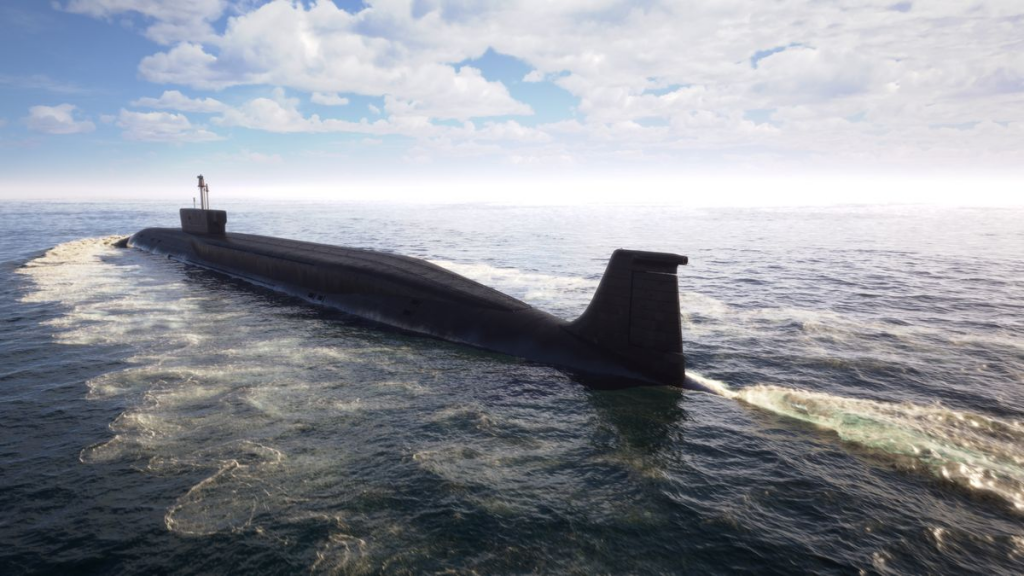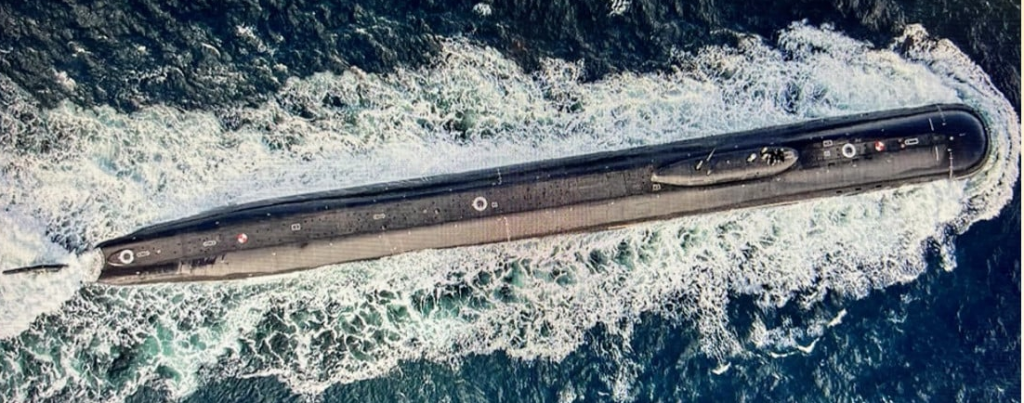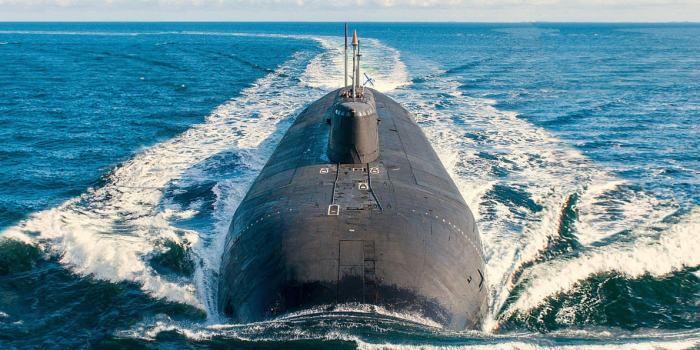Reports indicate that Russia is moving forward with plans to deploy a new division of submarines designed to launch a sea-based intercontinental-range nuclear drone-torpedo called Poseidon, despite ongoing struggles with Ukraine.
The torpedoes carry a 2-megaton-yield nuclear warhead and are propelled by a liquid metal nuclear reactor, providing them with essentially unlimited range and likely high sustainable speeds. The new submarine division is set to be based on the Kamchatka Peninsula and will eventually consist of four or five submarines, each carrying 30 Poseidons. Two of the planned submarines were laid down in 2014 and 2017 and are scheduled to be commissioned in 2024/2025 and 2027.
However, production and commissioning may be delayed due to decreased access to microelectronics from sanctions. In addition, a test of Poseidon in the Arctic Sea was reportedly aborted in November 2022 for technical reasons.
The deployment of these submarines in the Pacific Ocean could pose a significant threat to naval bases in the region and U.S. West Coast cities such as Los Angeles, San Diego, and San Francisco. However, the torpedoes have the capability to go anywhere undersea, subject to geographic limitations.

The Poseidon and its carriers, based in the Pacific, can evade detection, as the ocean’s deeper waters offer greater freedom of maneuverability. However, it also poses a particular threat to naval bases in the Pacific and U.S. West Coast cities.
Currently, only two unique “special projects” submarines can use the Poseidon, the B-90 Sarov, and the K-329 Belgorod. The Belgorod is much larger and can carry up to six Poseidons. The torpedo is roughly three times wider than a standard heavyweight torpedo and can practically dive more profoundly than the crush depth of U.S. Mark 48 torpedoes. It can also allegedly dive faster at 56-70 knots. The torpedo will be detectable from far away when traveling anywhere near maximum speed, making it likely to cruise much slower until ready to make a final dash or evade enemies.

The possibility of static deployment of these strategic weapons to launch containers on the ocean floor has also been explored. Poseidon is largely tied to Russia’s anxiety over the U.S.’s budding missile defense capabilities.
The initial Soviet T-15 nuclear torpedo was intended for attacks on coastal targets like naval bases. Unlike the weapons that preceded its development, Poseidon is designed to travel thousands of miles across the ocean. Perhaps instead, the nuclear warhead is supposed to trigger more or less directly on a targeted harbor or base.
Russia’s recent development and deployment of the Poseidon nuclear torpedo represents a significant escalation in the arms race between Russia and the United States. The unique capabilities of the Poseidon, including its ability to travel long distances autonomously, evade detection, and potentially cause devastating damage, make it a formidable weapon.

While the true intentions and potential uses of Poseidon remain a topic of debate, it is clear that its development is driven by Russia’s desire to maintain its strategic deterrence against the United States.
Moreover, the deployment of Poseidon highlights the need for continued efforts towards arms control and disarmament, as well as increased cooperation and dialogue between Russia and the United States to reduce tensions and mitigate the risk of nuclear conflict.


